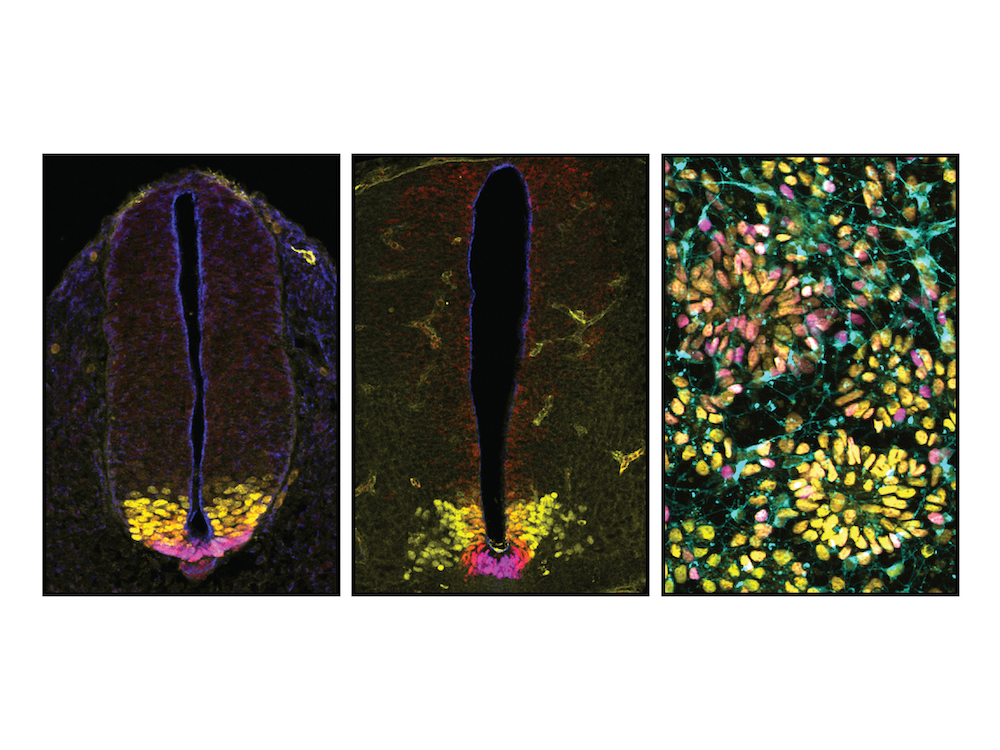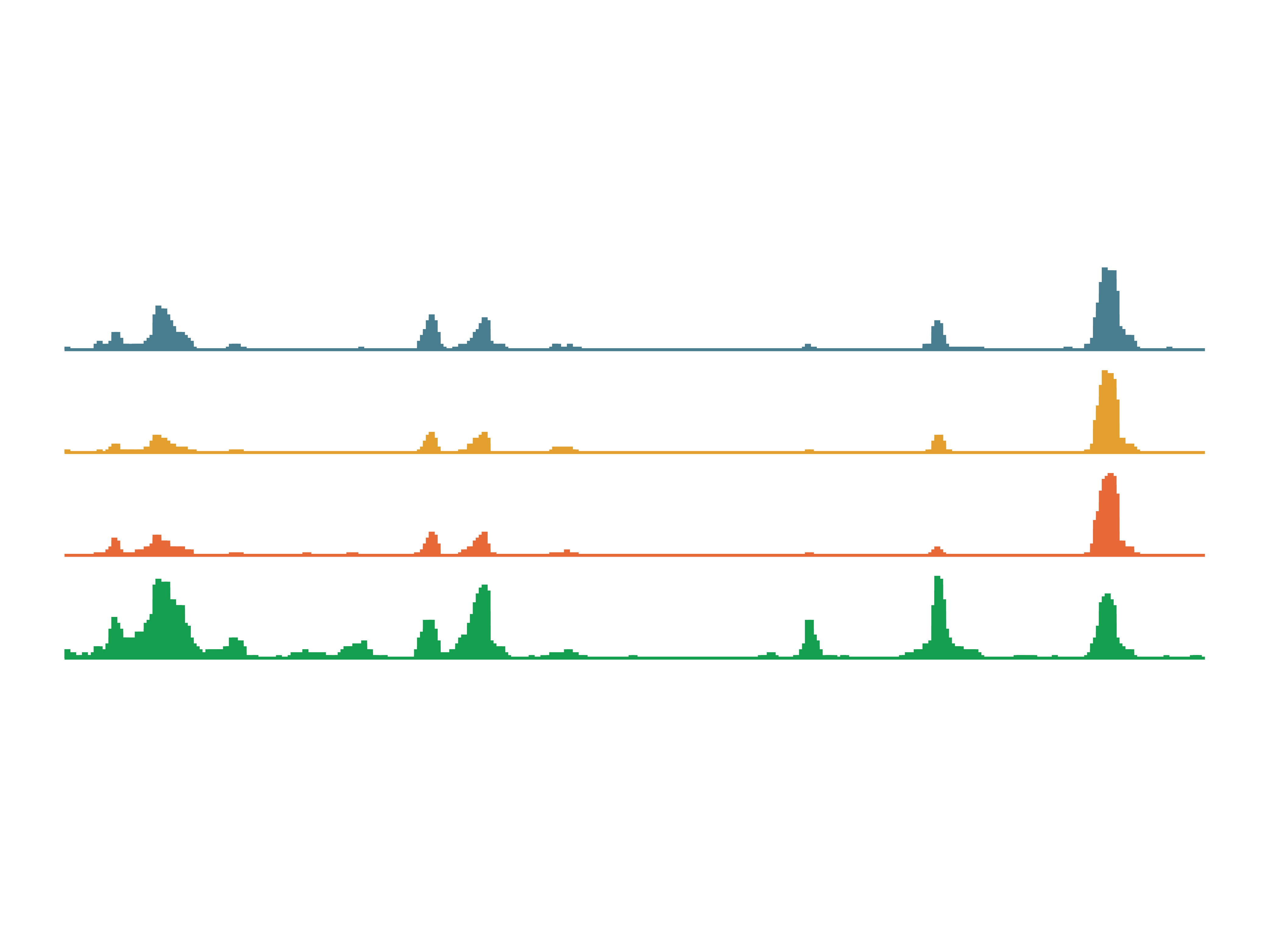Research
During development cells specialise in response to signaling cues. To accomplish this, they must turn on and (importantly!) off gene expression programs. Cis-regulatory elements are stretches of DNA within the non-coding genome that can control gene expression with exquisite spatial and temporal precision. We know that cis-regulatory elements are bound by transcription factors, but it is still not trivial to find them and we are not able to predict their activity from sequence.
The primary goal of our research is to understand how the non-coding genome regulates cell fate decisions during development. Our strategy to achieve this is to study the mechanistic principles of cis-regulatory elements in a developmentally relevant model, the developing spinal cord. Long-term, our aim is to predict the functional outcomes of non-coding variation in development and disease.

To bridge molecular mechanisms of cis regulation to developmental phenotypic consequences, we combine in vivo embryology with in vitro cellular models that recapitulate the same cell fate decisions. Our favourite model system is the developing spinal cord, where a small combination of signals directs the specification of neural progenitors and therefore which neurons they will make.

We use a variety of novel genomics and computational methods, developing new approaches when needed to answer the questions. Our current projects include state-of-the art proteomics and microscopy approaches to address the mechanistic principles of how cis-regulatory elements control cell fate choice between neural progenitors.
Resources
